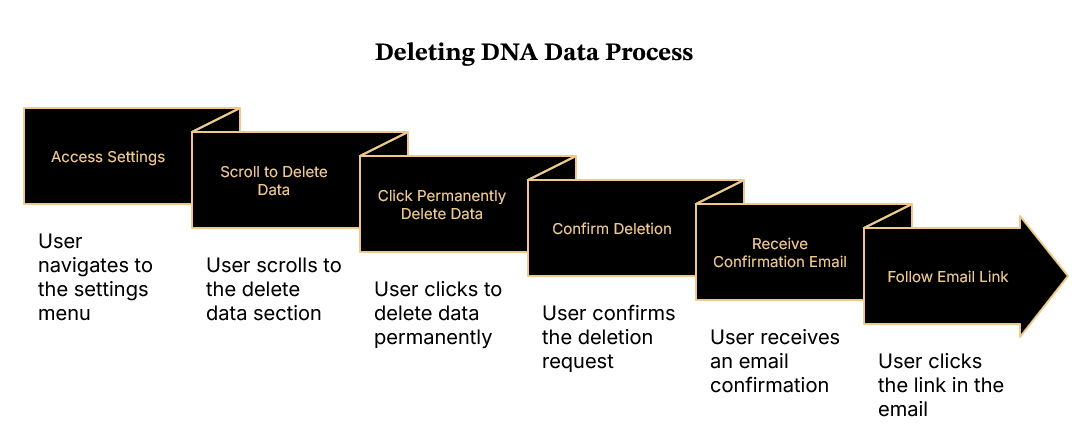The 23andMe Bankruptcy: Why You Must Delete Your DNA Data Now
In a shocking turn of events, DNA testing giant 23andMe has filed for bankruptcy, leaving the genetic data of over 14 million people vulnerable to being sold to the highest bidder. This is not just another corporate collapse—this is a severe privacy crisis that should have everyone outraged.
What’s Happening?
23andMe, known for its DNA-based ancestry and health testing services, recently announced its Chapter 11 bankruptcy proceedings. As part of these proceedings, its most valuable asset—its colossal database of genetic information—could be up for sale. While the company claims that any buyer will be required to comply with applicable data privacy laws, the implications of this sale are deeply concerning.
This development follows previous data security breaches at 23andMe. In 2023, hackers accessed and leaked the personal genetic data of users, raising alarms about the company’s ability to safeguard sensitive information. Now, with financial distress pushing the company to liquidation, the question remains: What happens to the DNA of millions of people who trusted 23andMe with their most personal data?
California Attorney General Urges Users to Delete Their Data
California Attorney General Rob Bonta has urgently advised 23andMe users to take action, stating:
“Delete your data and destroy any samples of genetic material held by the company.”
This is a serious call to action, as the fate of this data now lies in the hands of corporate bidders with unknown intentions. The best way to protect yourself is to remove your genetic information from their database immediately.
How to Delete Your 23andMe Data
If you have ever used 23andMe for DNA testing, now is the time to delete your account and request the destruction of any stored genetic samples. Here’s how you can do it:
If you have ever used 23andMe for DNA testing, now is the time to delete
Step 1: Destroy Your DNA Sample
Before deleting your account, ensure that your physical DNA sample (saliva) is also destroyed.
Log in to your 23andMe account.
Go to the Settings section of your profile.
Scroll down to 23andMe Data at the bottom of the page.
Click View next to your stored sample information.
Select the option to request the destruction of your DNA sample.

Step 2: Delete Your Digital Genetic Data
Once your sample destruction request is made, follow these steps to permanently delete your digital data:
Still within Settings, scroll to the Delete Data section.
Click Permanently Delete Data and confirm your request.
You will receive a confirmation email—follow the link in the email to finalize the deletion.
Save this confirmation email as proof in case any issues arise in the future.

Why This Matters
A Troubling Business Move
Adding to the controversy, 23andMe’s co-founder Anne Wojcicki has resigned as CEO but is now positioning herself to buy back the company’s assets. This raises serious ethical concerns: Is this a strategy to privatize the company while shedding its financial liabilities? If she wins the bid, will the company continue its troubling history of security failures?
Lawsuits and the Future of Genetic Privacy
Legal battles are already emerging over 23andMe’s handling of customer data. Privacy advocates and government agencies are closely watching this case, as it could set a dangerous precedent for other genetic testing companies. The potential for lawsuits is immense, and individuals whose data has been compromised may have grounds for legal action.
Final Thoughts: Take Action Now
This situation is beyond serious—it's a wake-up call for everyone who has ever used direct-to-consumer DNA testing services. If you have an account with 23andMe, take immediate action to delete your data and protect your genetic privacy. The risks of inaction far outweigh any potential benefits of keeping your genetic information stored with a bankrupt company whose future is uncertain.
Stay informed, protect your data, and spread the word—because this is one of the most critical privacy issues of our time.
If you found this information helpful, please share this article to raise awareness. Let’s ensure everyone has the opportunity to safeguard their most personal information before it’s too late.

